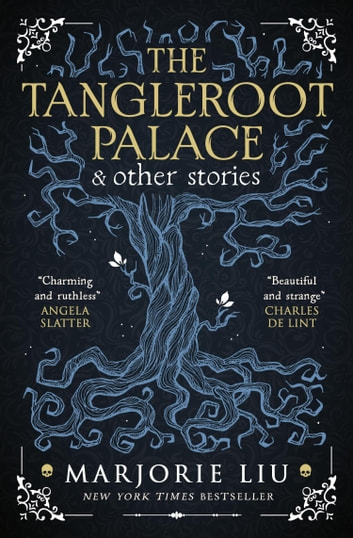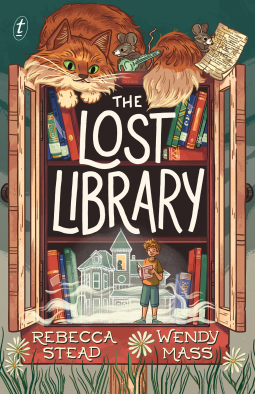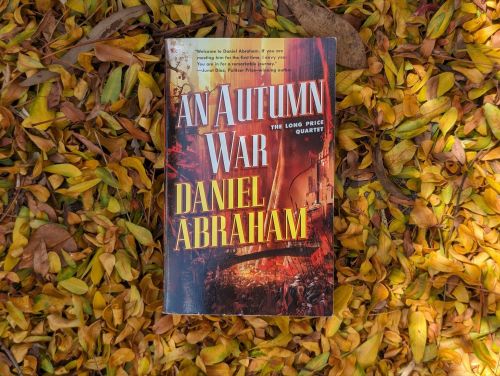Ghost story about four English sisters
Although “Howl’s Moving Castle” is a real favourite of mine (the inspiration for the Studio Ghibli adaptation), I haven’t read much of her other work. At the 2022 Conflux, I was browsing through a little secondhand book stall in the convention market and the author’s name caught my eye. When I was looking for books to add to my Short Stack Reading Challenge, this one looked as good as any.

“The Time of the Ghost” by Diana Wynne Jones is a young adult fantasy novel about four sisters whose parents work at a boys’ boarding school in the English countryside. When a ghost arrives one day, it soon becomes clear that it’s the ghost of one of the sisters that has come back from the future; but which one? All the ghost knows is that there has been a terrible accident, and that it has something to do with a game they play worshipping a little doll. However, the sisters must work it out quickly to prevent the accident and save their sister’s life.
Although published in the early 1980s, this is a fresh novel that explores a range of issues from neglectful parents to family violence. Wynne Jones has a real flair for capturing the nuance of sisterly relationships, and these four sisters seemed as real as the sisters in “Howl’s Moving Castle”. There is a messiness to their lives that feels utterly human, and I really enjoyed the dance between the realistic and the fantastic in this book.
However, I didn’t feel like it was Wynne Jones’ most readable work. While the effect of the book was to create a realistic, imperfect family, there was a certain disorderliness to the plot that at times made reading the book a bit of a muddy experience. Maybe the book was trying to achieve a little too much, or maybe the plot was a little convoluted, but it just wasn’t that easy to get through.
A creative, insightful novel that struggled at times with pace.











